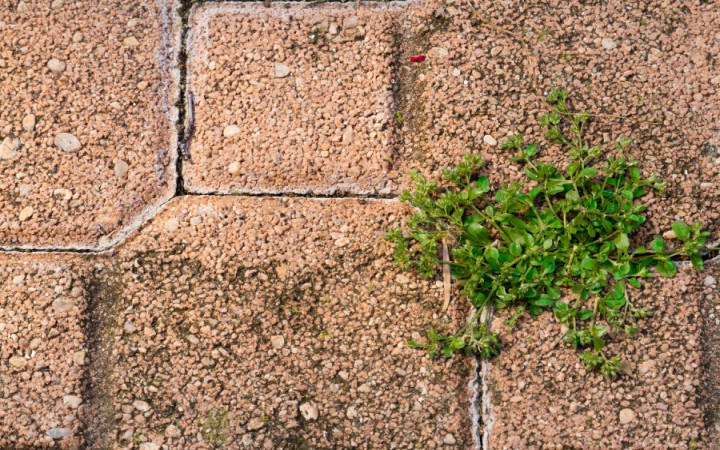April showers bring what? If you said May flowers, you're correct! If you speak with a gardener, though, you'll find out that those April showers also bring along something else. What are we talking about? Weeds, of course!
But what exactly is a weed? They can look quite similar to the other plants around them. How exactly do gardeners know what's a plant and what's a weed?
If you look for a definition of a weed, you might be surprised to learn there isn't one universal, agreed-upon idea of what exactly a weed is. For some gardeners, weeds are plants that weren't intentionally sown. For others, weeds are plants growing where they're not wanted. For poet Ralph Waldo Emerson, a weed was merely a “plant whose virtues have not yet been discovered."
Based upon these different definitions, you probably get the idea: weeds are plants defined, not necessarily by their own intrinsic characteristics, but primarily by their relationship with humans. Gardeners themselves define weeds as those plants that interfere with their plans and compete with their preferred plants for light, water, and nutrients.
In other words, one man's weed might be another man's precious plant. Depending upon what a gardener is trying to accomplish, whether it's growing vegetables or creating a flower garden, weeds are the plants that make an unwanted appearance and mess up the gardener's plans. That's why gardeners diligently seek out weeds and pull them out of the ground at their roots to keep them from reappearing.
Although the definition of a weed can be a bit subjective, there are many plants that are commonly considered weeds by most gardeners. These weeds tend to share several common characteristics. For example, most weeds produce a lot of seeds that can survive long periods of dormancy. They also tend to establish themselves quickly and spread rapidly.
This explains why gardeners get so frustrated with weeds. If you've ever helped out a friend or family member who was growing vegetables or planting flowers, you know that weeds can pop up out of nowhere and return again and again. That's why gardeners go to such lengths to get rid of weeds, even using special herbicides to kill them when pulling them doesn't work.
So how many weeds are there? Some scientists estimate that there are over 250,000 different species of plants around the world. Of those, only about 3% — approximately 8,000 — tend to have the common characteristics associated with weeds.
Despite the bad rap weeds get, they're not all bad. Sure, they can reduce crop yields by taking away space, light, nutrients, and water from planted crops. They can also cost farmers a lot of money in herbicides and other efforts to control them. But they can also have benefits in certain situations.
For example, some weeds help to stabilize the soil and prevent erosion. Other weeds provide food for wildlife and a habitat for insects. Some weeds act in the opposite way, repelling insects and thereby acting as a natural pesticide that can benefit other plants nearby. Weeds also often provide nectar for bees. When they die, weeds can improve the soil quality by adding organic matter to it.
Some weeds are actually sought out by humans. There are a variety of weeds that are eaten by humans. Some are even used to add flavorings to other foods. A wide variety of weeds also contain substances that can be used to make natural medicines. Finally, weeds help the economy by creating jobs in the agriculture and herbicide industries.




